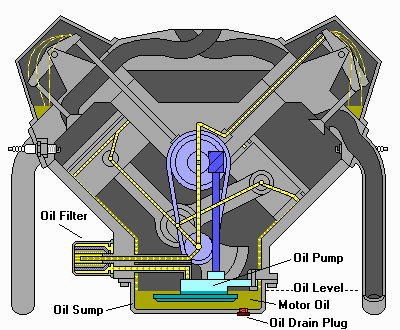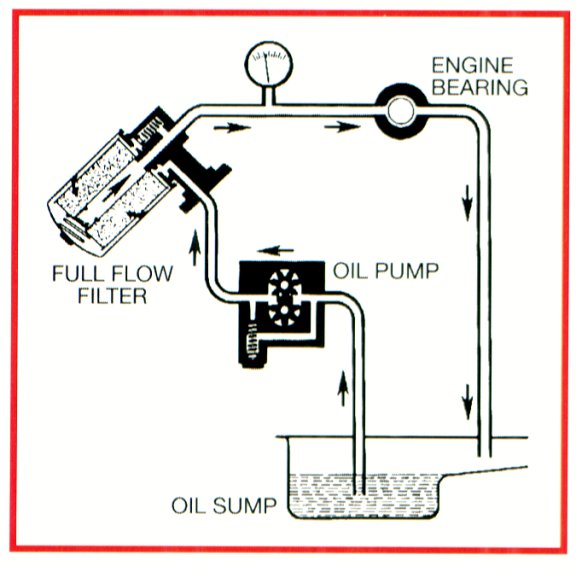quote:
LT1 Coolant Flow:
The LT1 is completely different since it uses reverse flow cooling. The incoming coolant first encounters the thermostat, which now acts both on the inlet and outlet sides of the system. Depending on the engine coolant temperature, cold coolant from the radiator is carefully metered into the engine. This allows a more controlled amount of cold coolant to enter, which immediately mixes with the bypass coolant already flowing. This virtually eliminates the thermal shock present in the old system.
After entering through one side of the 2-way thermostat (at the appropriate temperature), the cold coolant is routed directly to the cylinder heads first, where the combustion chambers, spark plugs and exhaust ports are cooled. Then the heated coolant returns to the engine block and circulates around the cylinder barrels. The hot coolant from the block re-enters the water pump, and hits the other side of the 2-way thermostat, where it is either re-circulated back through the engine or directed to the radiator, depending on temperature.
The main concept behind reverse flow cooling is to cool the heads first, which greatly reduces the tendency for detonation, and is the primary reason that the LT1 can run 10.5 to 1 compression and fairly significant ignition advance on modern lead-free gasoline. Reverse flow cooling is THE KEY to the Generation II LT1s increased power, durability, and reliability over the first generation smallblock engine.
Thermostats:
All LT1 engines utilize a special 2-way acting full bypass thermostat. This means that the thermostat regulates coolant flow both in to as well as out of the engine, while the bypass portion of the thermostat circuit supplies the water pump with a full flow of liquid coolant at all times. This is unlike a conventional engine thermostat, which only regulates coolant flow at the engine outlet, and which does not allow full flow through the water pump when the engine is cold and the thermostat is in bypass mode.
Both sides of the 2-way thermostat used in the LT1 are linked together, and a single wax pellet actuator operates the spring loaded mechanism at a pre-set temperature. When the designated temperature is reached, the wax pellet expands, opening the dual acting valve. All current LT1s come from the factory with a relatively low 180 degree temperature thermostat. Most conventional engines today use 195 degree thermostats in order to meet emissions specifications at the expense of power, durability, and reliability.






